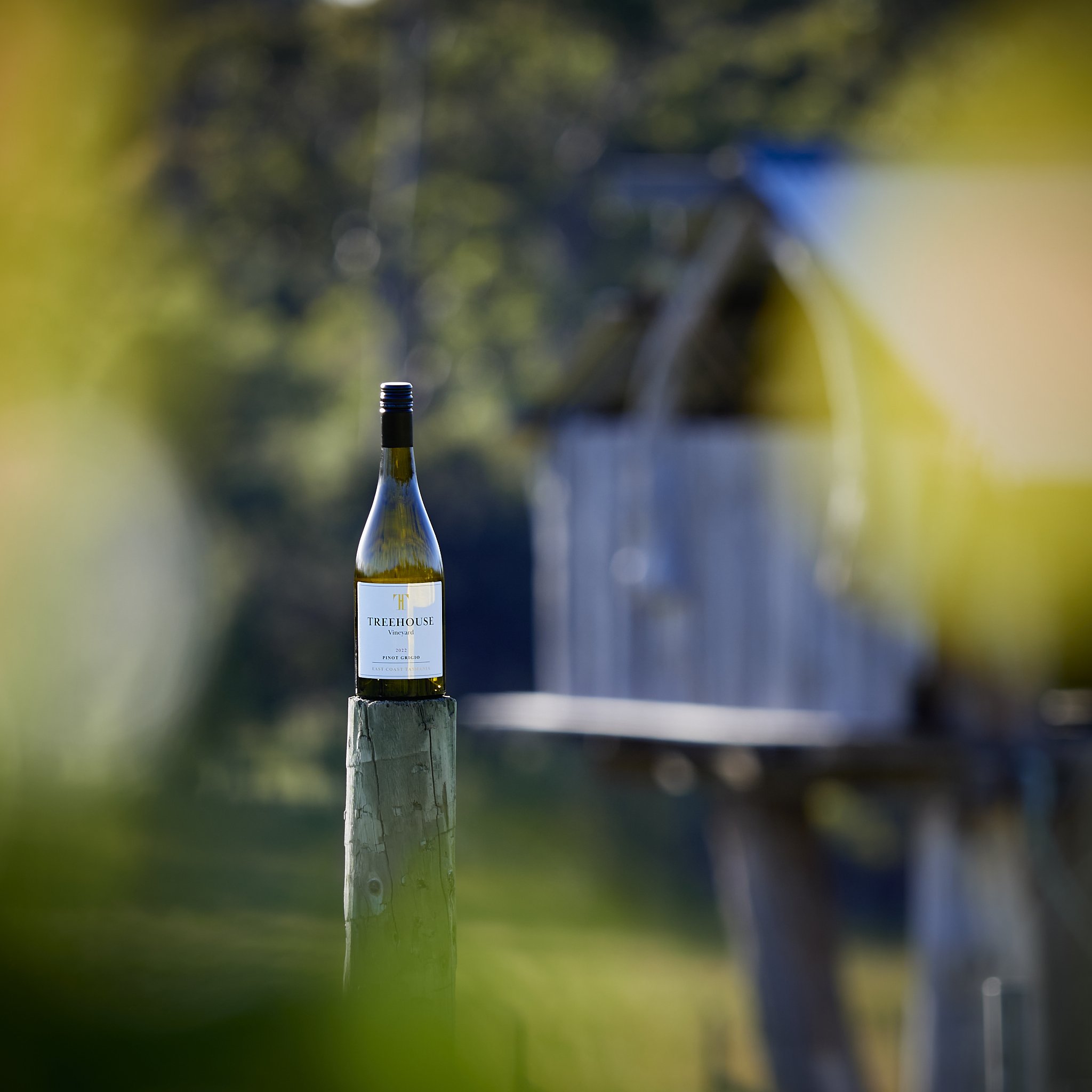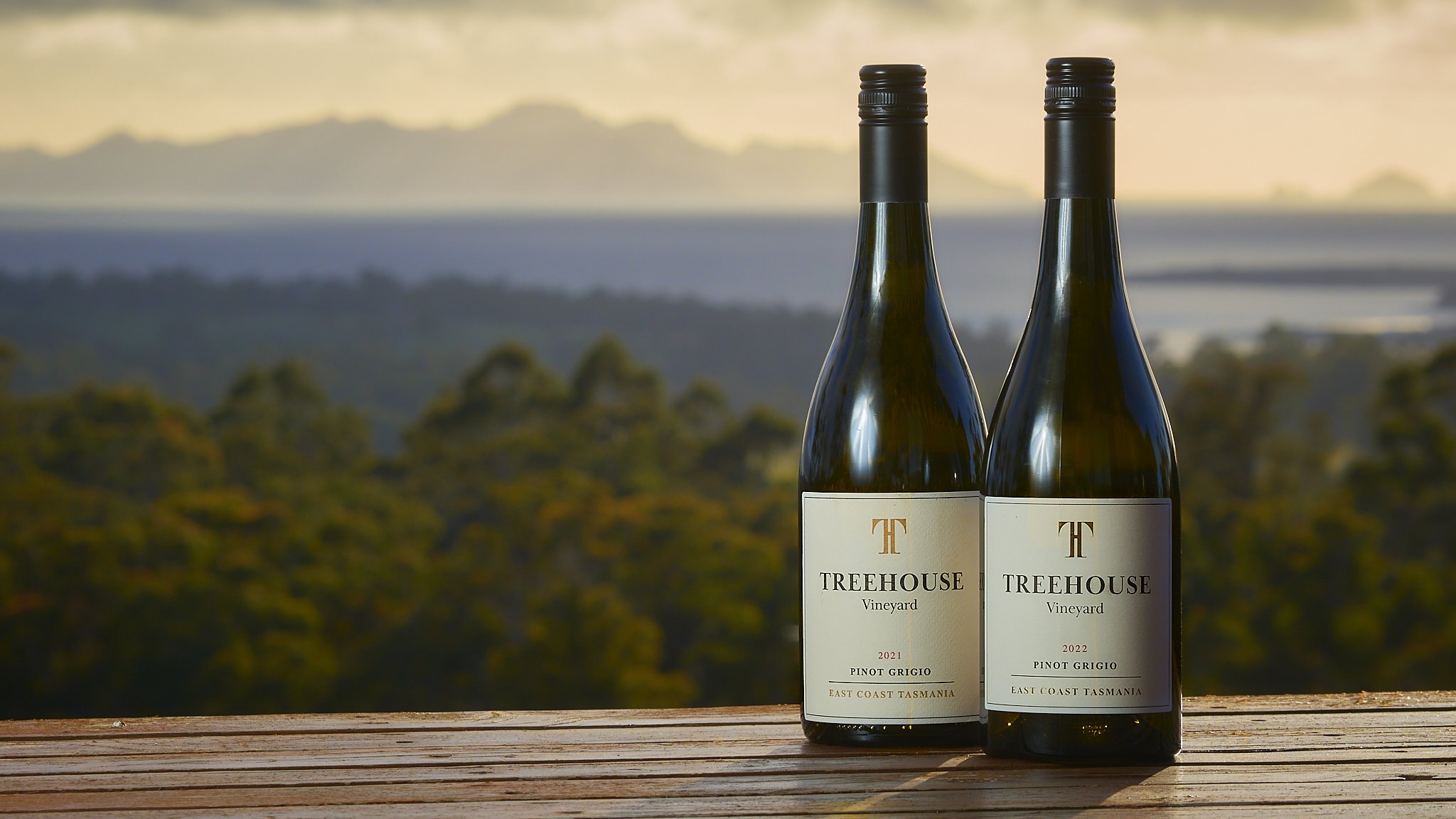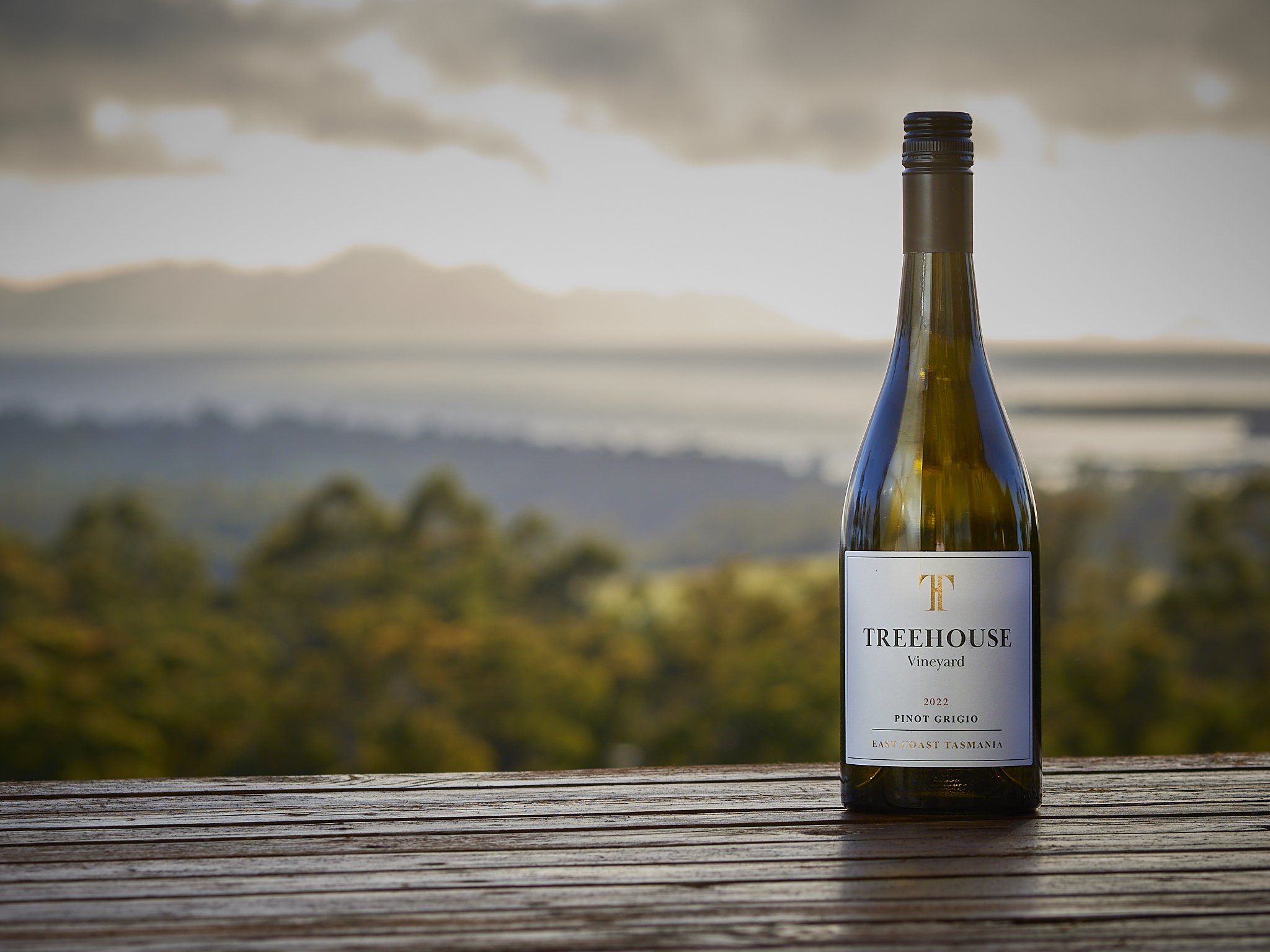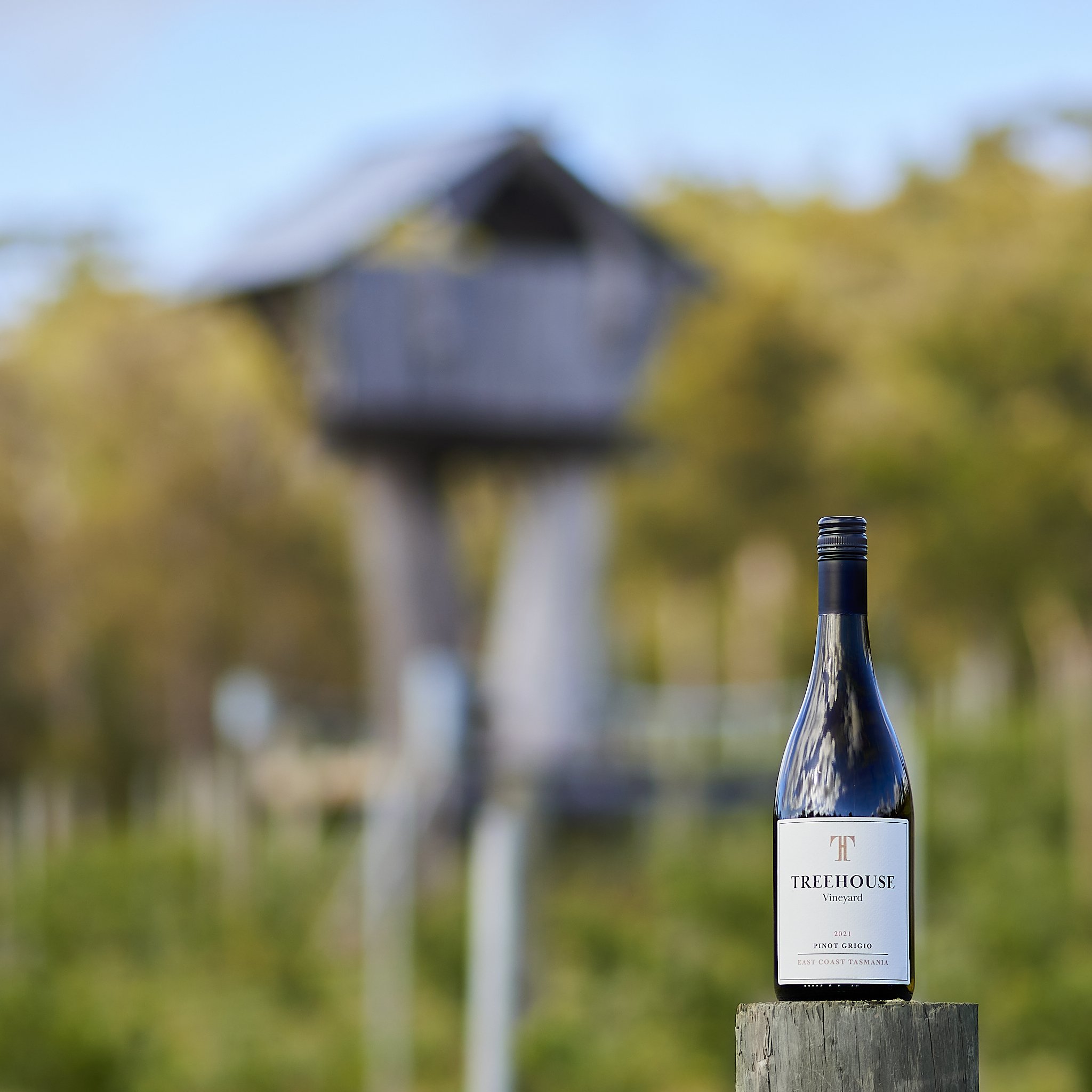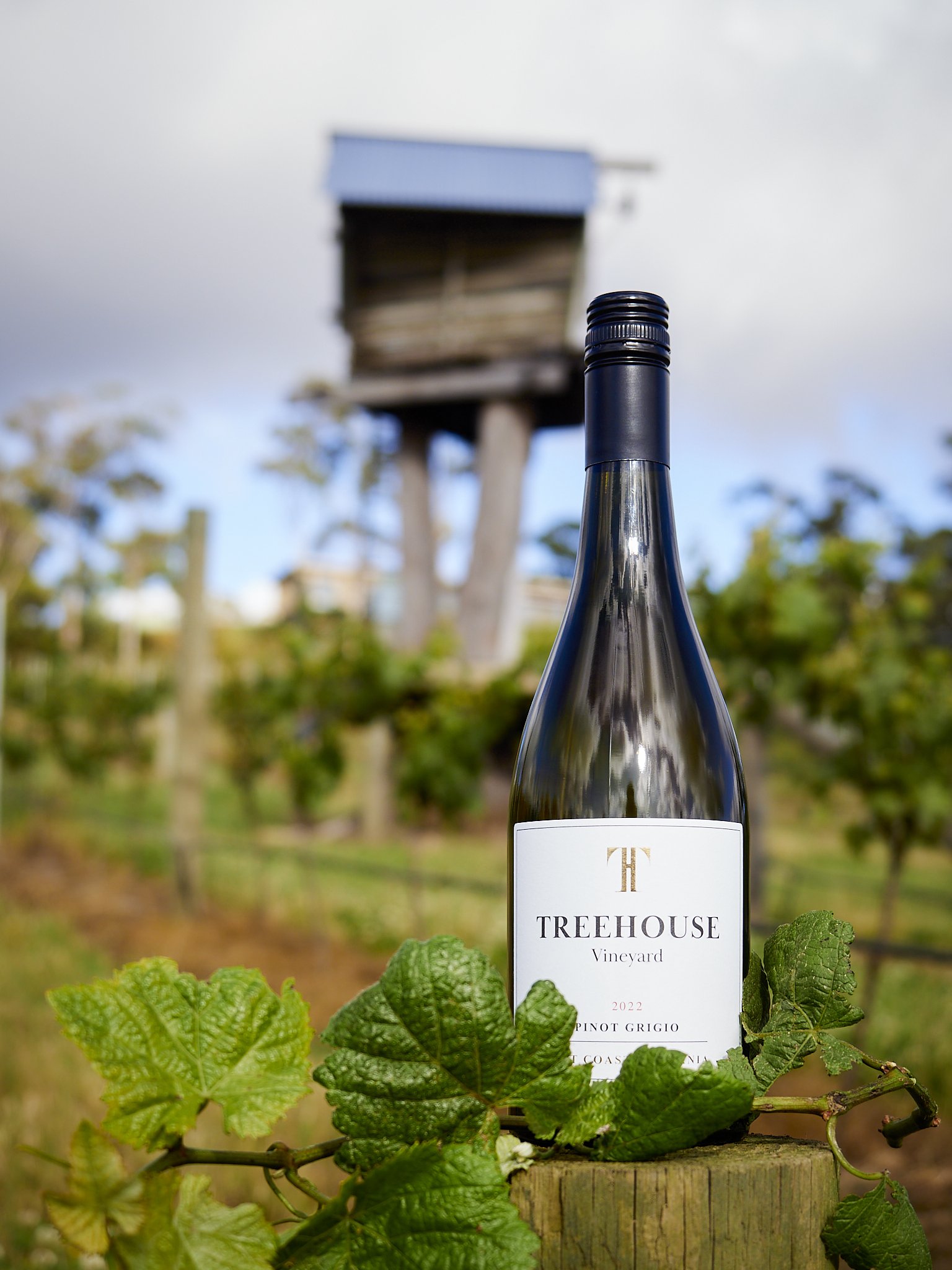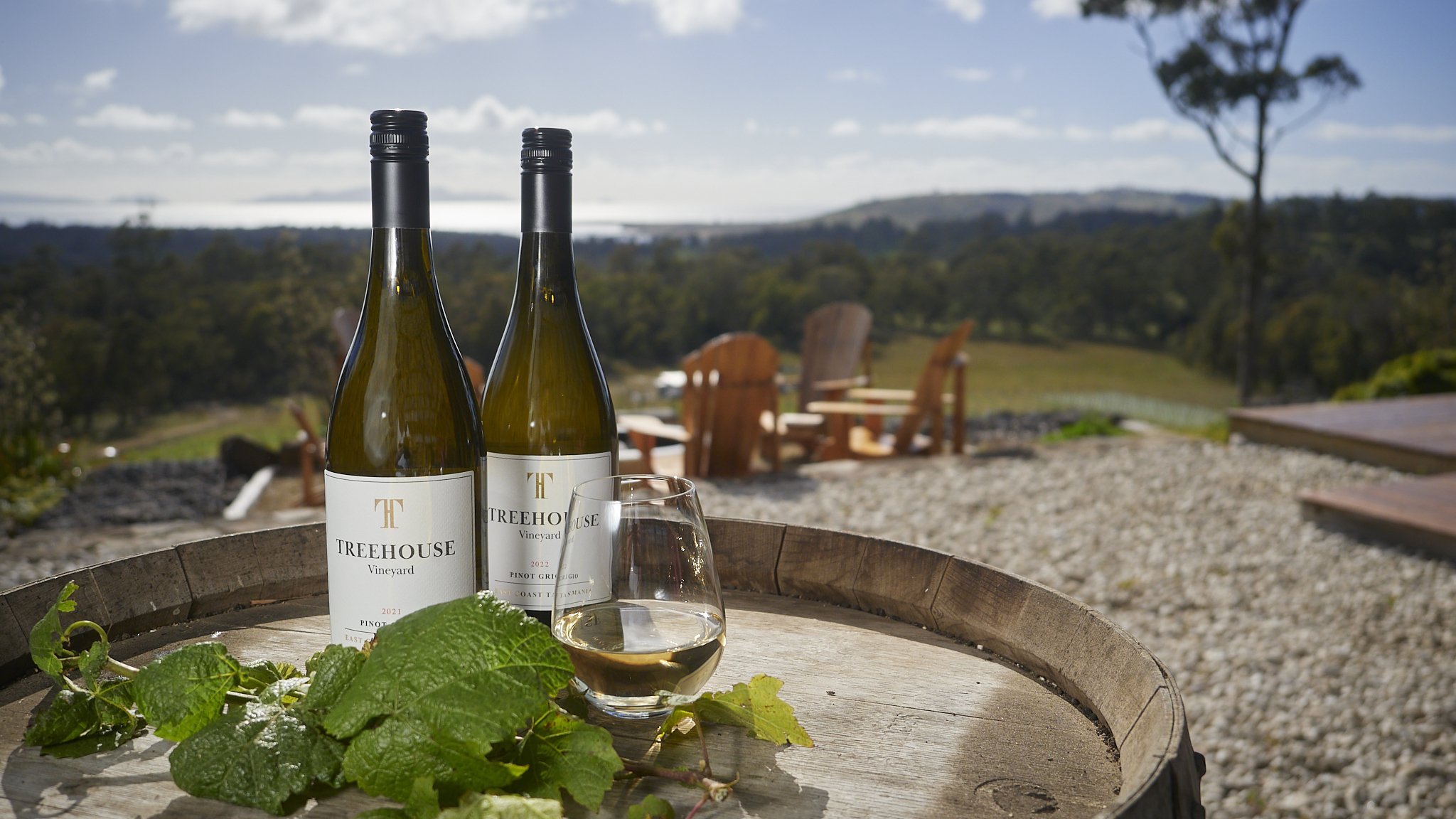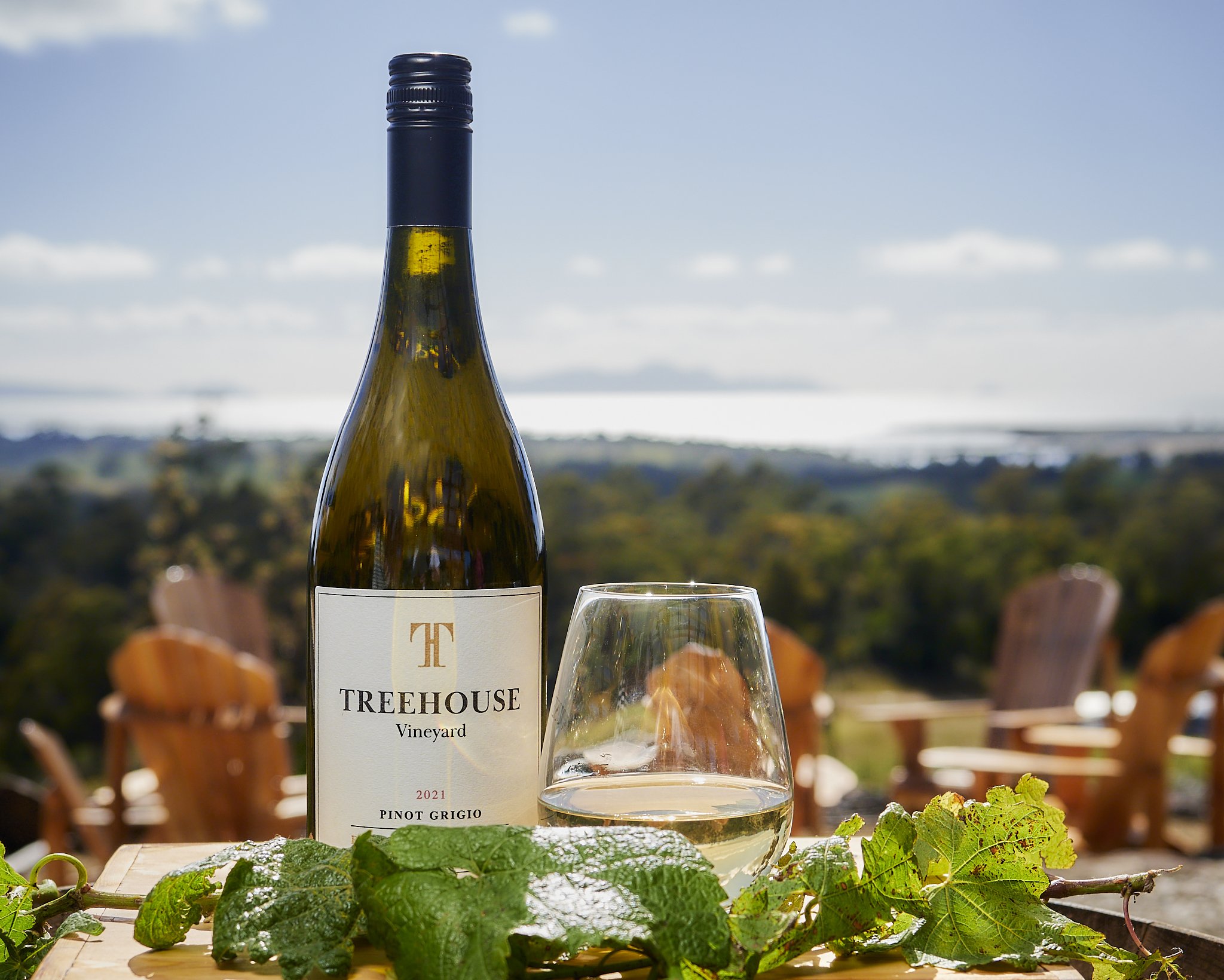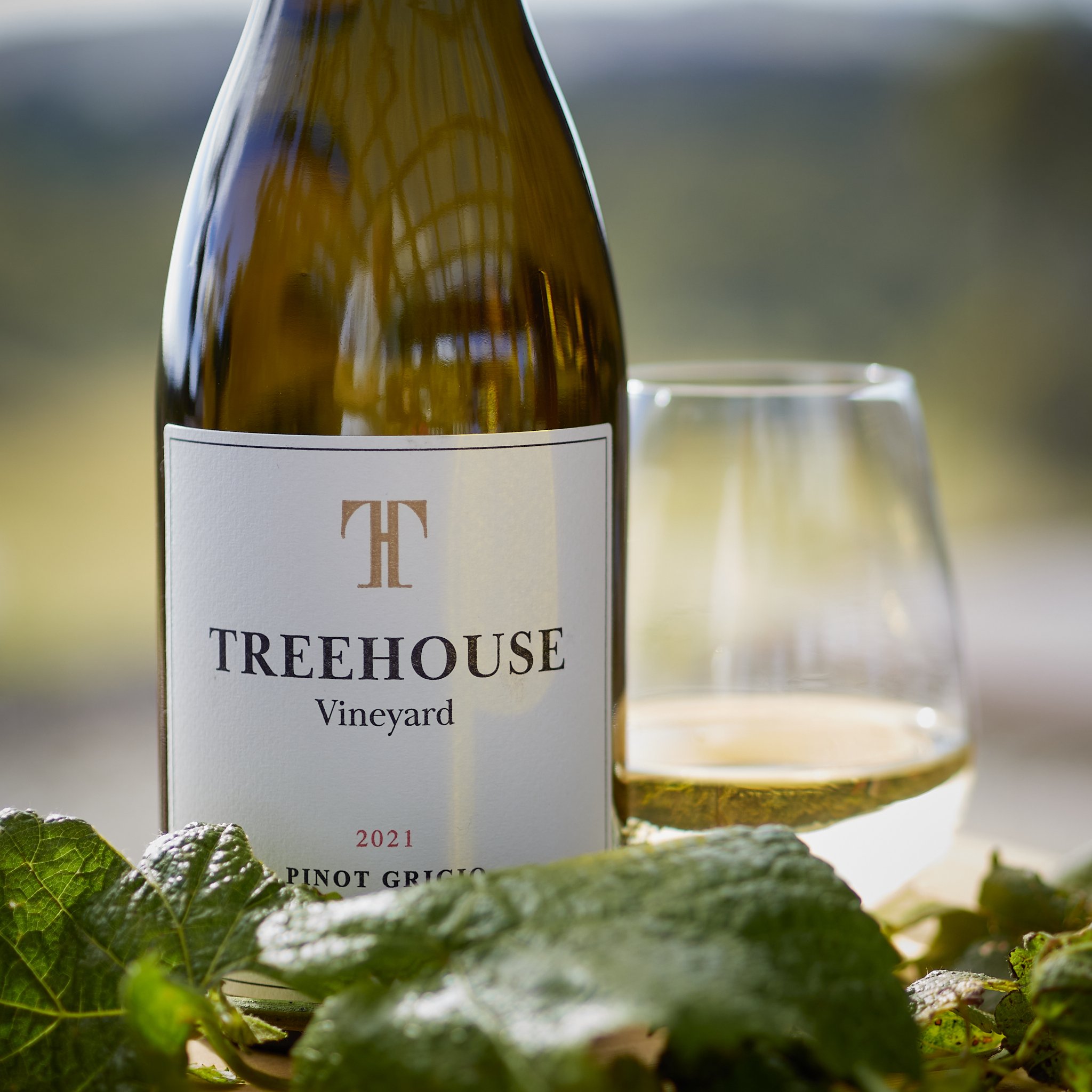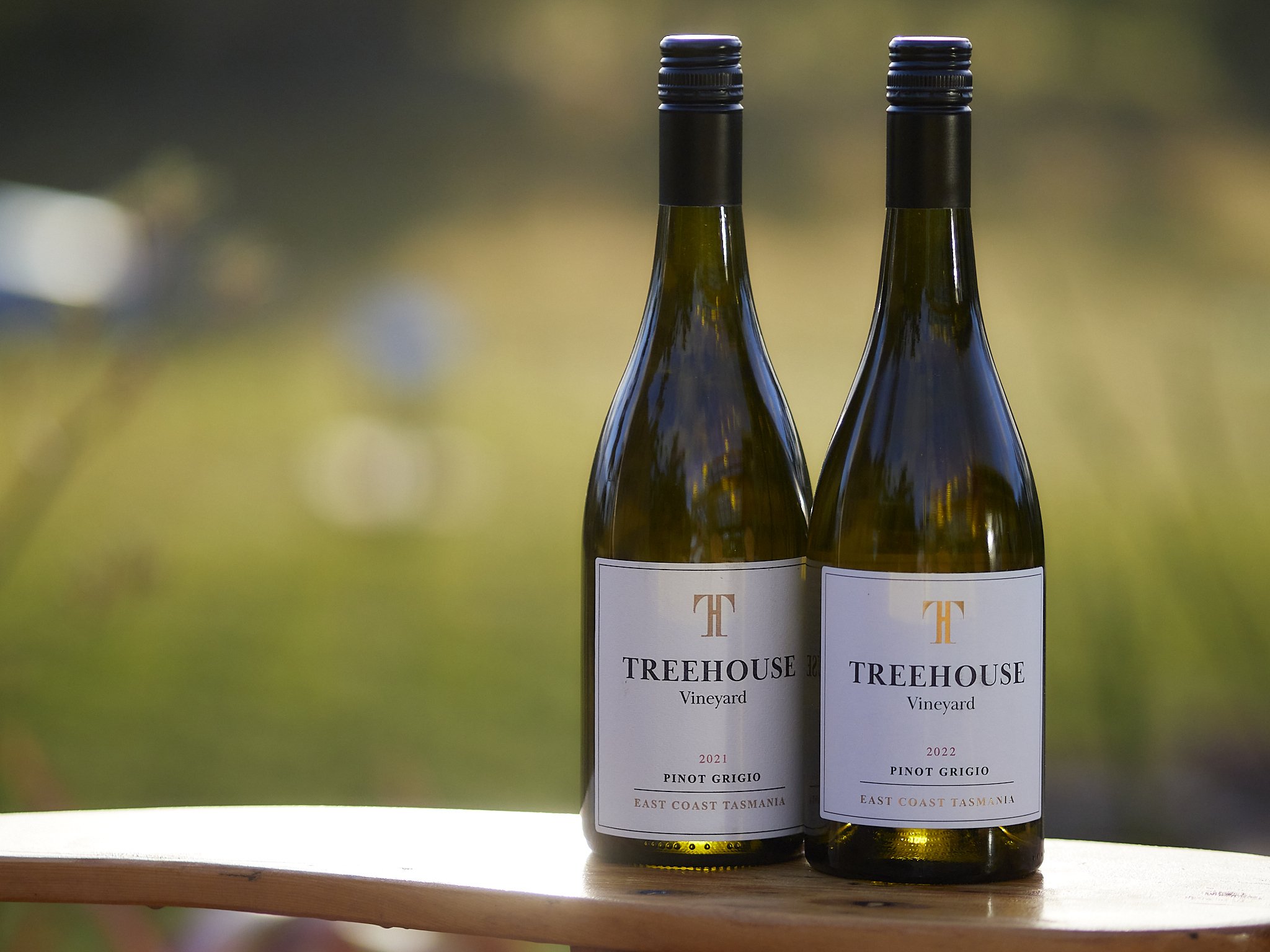I read al lot about my craft, which is becoming more and more watching and listening, but anyway, I research. It is fun and rewarding, but mostly necessary.
You get an eye for researching when you have done it a lot.
You learn to question and interpret, rather than just accept. One opinion, even a trusted source is one opion. Get more, but don’t go down the “analysis paralysis” path. Find a few trustworthy sources, determine the angle of their point of view and take the “gist” of their meaning.
“A” says this is the best, “B” rates it second, “C” clearly has an agenda, “D” seconds “A” and “B”, but with more relevant context to you and “E” exhaustively tests all option for you to make up your mind. Enough, maybe even too much.
Example;
When I started using the G9 MkI for better video, the bulk of users pushed “Natural” colour style with -5 sharpness, -5 contrast and varying opinions on the other settings, but generally minus not plus. This simulated a simple “flat” profile.
I had some issues at first. I did not know to set DaVinci to Mac screen simulation in preferences, I did not use Luts (weren’t many), just sliders in the Primaries window and just winged it from the get-go. My footage was sometimes nice, sometimes hard to like and often it bit me when I needed it most. My skills and understanding were not aligning to the expectations others had created. The main issue was colour. It often drifted to a warm hue and I found it hard to remove the “muddiness”.
I realised, I actually liked the flat profile on my Olympus cameras more.
Frustrated, I sat back and thought about the process.
What I was trying to do was get to basically a “Standard” profile look. I wanted decent contrast, crispness and good colour. Standard mode gave me that, so in a leap of desperation fuelled good faith, I switched to Standard mode and guess what?
It worked a treat.
Clean, clear and brilliant, with fewer and gentler colour shifts, whiter whites and I rarely touch either contrast or sharpness in camera or after. For me this works and that is all that matters.
A shot I have used before, but an exemplar of the process. This is out of camera Standard profile 1080/10bit/422 with a very slight grading to add a little more punch. The G9 and Olympus 12-40 lens combo work well giving me a sharp, but slightly organic look and the colour is natural (well, Standard actually).
The footage is good enough, that I have even used a single 1080 frame as a news paper pic and nobody noticed.
I have two cameras that can shoot video better (S5 and now G9II), but for much of what I do, they offer too many options. The G9 mkI cameras are perfectly enough for most fast work.
Another example is dynamic range, one of those things people worship and it is important for big productions and as a safety net, but in real world situations, especially for run-n-gun, all you actually need to do is make sure you do not blow out the highlights and accept that inky blackness of well…inky blackness. Drama often comes from negative space, which is actually easier to achieve with a compressed dynamic range.
A third example is sound gear.
Self noise if the bugbear of many reviewers, but I have found in real world situations, that it rarely matters. You either have enough sound to cover it, have other quality issues like the sound itself or environmental factors.
The fourth example is the M43 vs full frame thing.
I was torn when buying the G9II, but pushed myself into getting one because I knew that M43 has been my stable platform, my comfort place and my enabler for over three camera generations without fail. It is fair to say, if the GH6 was this camera, I would have gone this way last year, but at the time, the S5 MkI was the better buy.
So why question it now?
A couple of S5II reviewers had recently switched from M43, a few have dropped pearls of wisdom like “the overall shift to full frame” and yes, the S5II’s have fixed the short comings of previous models so that there is a genuine four horse race going on in full frame land, but other formats exist for a reason, some of them compelling.
M43 will always suffer from limited support, especially with the OM System emerging (but still going), Panasonic’s more recent lack of new models (about to change), Black Magic shifting into more formats (but still do M43) and that nagging doubt of sensor size mattering.
Well it does matter, but it rolls both ways.
Is a car better than a motor bike or a truck better than a car just because they are bigger?
Each has strengths and weaknesses. You just need to apply the best strengths to the most obviuos weaknesses.
What did I need?
Best in class stabilising, better M43 video AF to support my huge lens arsenal and All-i/LOG recording. The G9II is that enabler, the S5IIx was almost but not quite. All it offered was better low light performance (with known catches) and I already have that in the S5 mkI.
Anyway, I digress.
What I am trying to say in too many words is;
Look, learn, grow, but most importantly, question.
You be you and let others share being themselves. It all helps, but it is also only part of the story.































